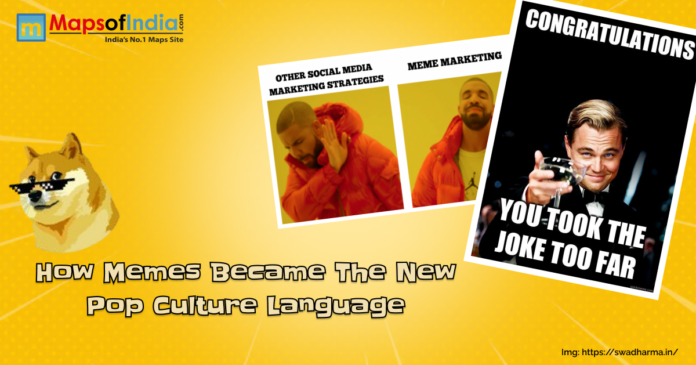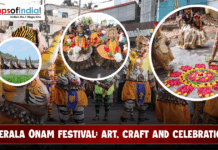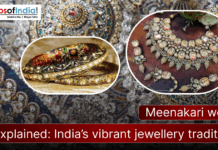Today, communication is being changed by Memes, which are leading the way. What began as funny comments on small online forums has become a worldwide movement. Memes have become much more than jokes on images; they reflect the energy of today’s culture, politics, amusement and way people see themselves. Because they are fast, relate to people and are emotional, they are excellent tools for bonding and sharing messages.
The blog considers how memes have become the main form of communication in pop culture, what makes them popular worldwide and how they are changing how we both understand and take part in our environment.
The Birth of Memes: More Than Just Internet Jokes
The term “meme” was introduced by British evolutionary biologist Richard Dawkins in 1976, in his book called The Selfish Gene. He explained that membranes are cultural bits that are spread much like genes spread biological material. Celebrities may become famous through their own words, outfits or style of movement. Then, in the early 2000s, the internet brought new life to the term.
In the early days of the internet, simple memes such as “Dancing Baby,” “Badger Badger Badger,” and “All Your Base Are Belong to Us” spread just because they were so funny to many people. Once social media platforms grew, the meme did too. Memes are now spread beyond just tech-friendly places, with everyone trying to use them for personal expression.
Memes as the Universal Language of the Internet
These days, memes act as a simple way to express feelings, views and ideas. No matter if someone takes a screenshot, catches a famous person smiling or reworks an old cartoon, memes can relate to everyone.
A major power of memes is their success in being understood across different countries and cultures. Making a meme easy to read can help people from all walks of life understand it. Humor based on cartoons, faces and popular culture helps users everywhere enjoy and comment on the same jokes. It is because of this that memes make great tools for modern life.
Social Media: The Meme Playground
Thanks to Instagram, Twitter, Reddit and TikTok, memes remain in a permanent home. All the tools provided by these systems support sharing, interacting and spreading content which help memes grow and catch on fast.
As an example, TikTok makes short audio clips, dance moves and trends into formats that millions repeat and adapt into memes. Funny memes and reaction jokes about current events are very popular on Twitter. On Instagram and Facebook, memes have become so common that Gen Z and millennials enjoy them just like people used to enjoy magazines.
A big reason for this rise in popularity is because of the way social media algorithms work. Platforms elevate viral content, making it easy for meme creators to become more discovered and have greater influence. As a result, the meme economy keeps improving because what’s hot today often becomes mainstream tomorrow.
Memes and Pop Culture: A Symbiotic Relationship
These days, pop culture and memes are practically tied together. No matter if it’s a new film, a news scandal, a memorable sports moment or a political discussion, you can count on it becoming a meme right away. This means that, now, internet trends can influence what media companies do. Memes have started changing the way we understand media content.
Check out how audiences currently watch shows such as Game of Thrones, Stranger Things and Succession. People don’t just watch the shows, they post memes in response to them as well. These memes give the TV show additional life, encourage fans to interact and may even influence people’s opinions. One meme can convey the core idea of a character or main point in a movie or show better than any review.
More and more, celebrities recognize meme culture. For every Pedro Pascal turned into an internet daddy joke or Keanu Reeves made into a meme whizzing on his bike, some public figures welcome it. A few celebrities have had their image adjusted or imitated to prove memes’ unpredictable force.
The Political and Social Power of Memes
Using memes, people regularly comment on and inspire action in political matters. Things like Black Lives Matter, movements against climate change and election campaigns have used memes to inform, attack government leaders and bring groups of people together through humor.
During the elections of 2016 and 2020, memes were used seriously in propaganda campaigns. Party supporters shared memes to encourage people to vote, attack their opponents and impact public talks. In India, the UK and Brazil, it was clear that memes play an important role in affect people’s influence.
They allow people to understand difficult issues by playing on humor. Mocking news lower the threshold for people to participate, since they explain issues in a fun way.
Memes and Identity in the Digital Era
Many Gen Z and millennials use memes to tell others who they are. No matter if the memes touch on subcultures, mental health or different ethnicities, people are choosing and viewing them because they relate to what they go through.
The internet’s humor pages like “Depression Memes,” “Dank Indian Memes,” and “LGBTQ+ Humor” help individuals recognize and bond with like-minded groups online. You can’t just use memes for laughter today; they play an important role in preserving your voice in society.
Many companies in the fashion world have acknowledged what social media can do. These days, companies come up with content inspired by memes to stay current and easy for their audience to identify with. However, this isn’t always appreciated. Should a brand attempt too much or pick the wrong tone, it can receive negative reactions for being fake. Though everyone can understand memes, you still need to understand different cultures and feel emotions deeply.
The Evolving Nature of Meme Culture
These days, memes are always changing. The things that work today could be replaced by new methods tomorrow. Fashion trends come and go, formats become popular for a bit and then disappear and humor is shaped by irony in not-so-today’s teen comedies.
It’s exciting how rapidly technology is evolving, but it can also be quite challenging. It inspires creators, adds lively elements and strategies to ensure new talent appears in the industry. However, it also makes people worry about tired stories online, misleading information and when humor goes too far ethically.
Many people continue to have discussions about who really owns memes. Since much of what memes use is borrowed, such posts often conflict with intellectual property rights. Who is responsible for creating a meme? Was it the person who made the image, the person who attached the caption or someone who helped it spread? As memes keep influencing digital storytelling, these questions will become more important.
Conclusion: The Meme Is Mightier Than the Word
From being amusing internet jokes, memes have now become the main language used by pop culture around the world. They are both fun and strong and at the same time they are simple and meaningful. Because there is so much information out there, memes are a quick, emotional way to share messages. They reveal our wider fears, amusement, hopes and criticism, and frequently do it better than essays, debates or speeches.
Because technology and culture keep evolving together, memes will take a major place in how we take part in society. Now, they do more than entertain us, they express culture, comments and conversation at the same time.
When you share a meme, remember it’s not just a joke you’re sharing. You’re speaking the latest pop culture language.




